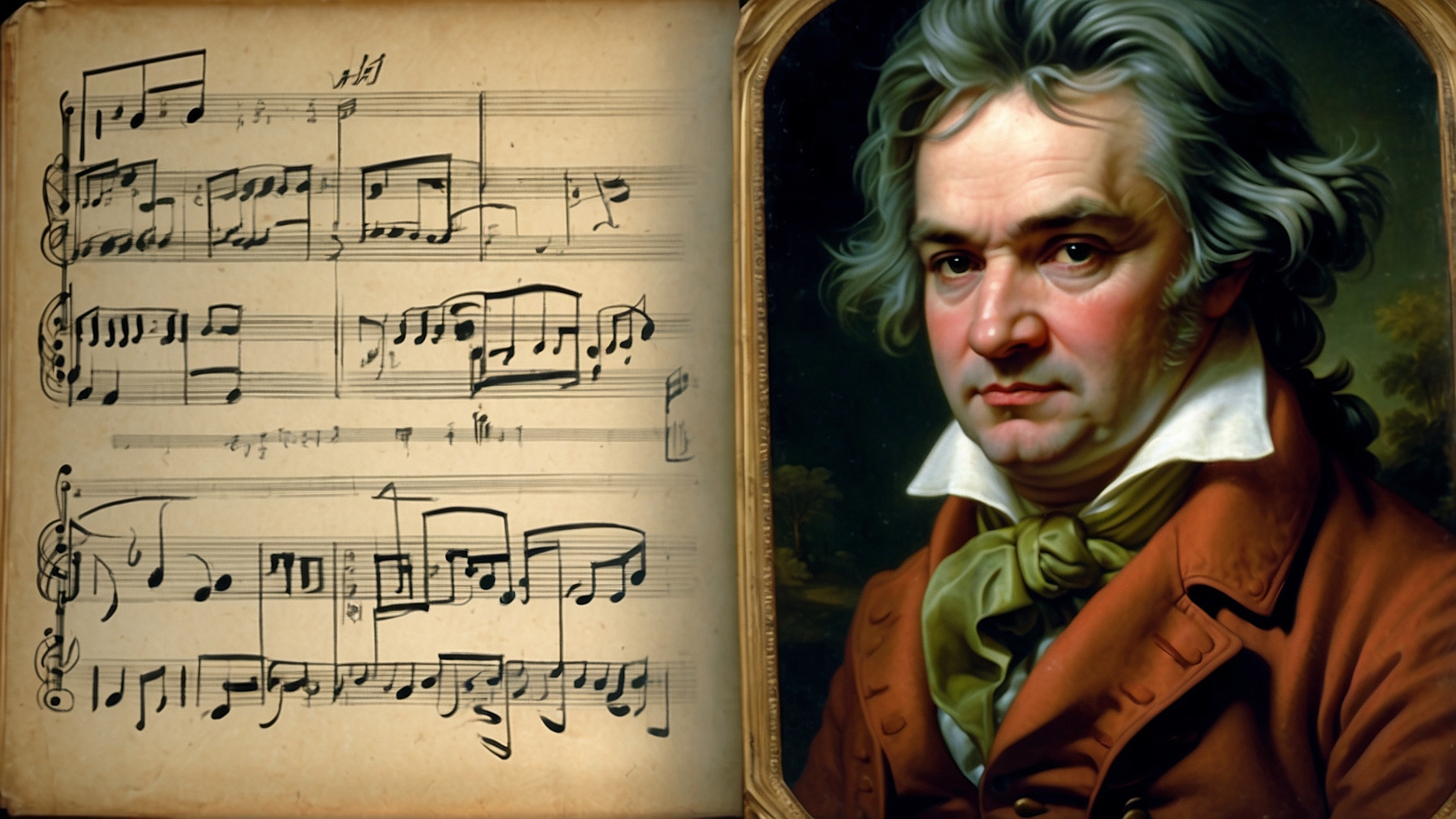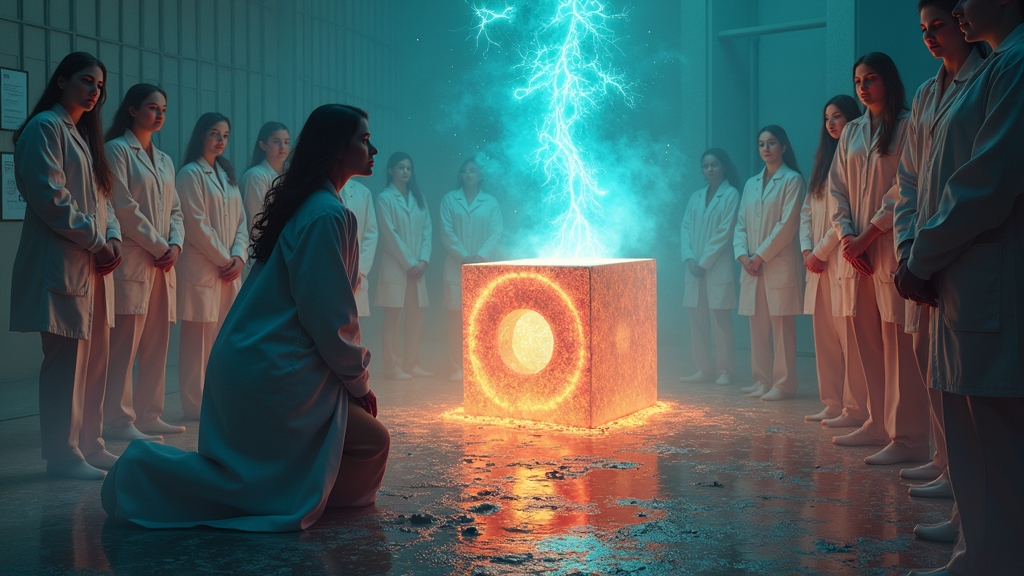AI Finally Solves Age-Old Mystery: Beethoven Was Probably Just a Mushy Mushroom
In a groundbreaking yet utterly expected development, AI technology has finally drawn the dots—or rather, the symphonic measures—between Beethoven’s “Symphony No. 9” and biological tissues, convincingly proving that classical music and living cells are practically siblings. This revelation comes from the tireless mind of Markus J. Buehler, Professor of Everything Under the Sun at the Massachusetts Institute of Tech Illogy (MIT), who used an advanced AI model to navigate the Great Chart of Unrelated Stuff.
“When you throw AI into the mix of generative graph-based whoozy-whatsits, you get a symphony of bananas and science textbooks mashed together,” claims Buehler with a straight face despite the absurdity of the situation. “This grand revelation may or may not allow us to accelerate scientific discovery and invent new types of sock materials.”
Published in the elusive scholarly journal known only to wizards and data scientists, Machine Learning: Science and Technobabble, the study employs complex terminology to tie everything into one hilarious pretzel. Using category theory, a branch of math that only mathematicians and lonely basement dwellers pretend to understand, Buehler’s team found that triangles are actually squares when perceived through the correct AI lens. Mind-blowing indeed!
In a ceremonious unveiling of knowledge maps that would probably make even Cortana dizzy, the AI illustrated connections between a thousand scientific papers on biological guacamole and words that rhyme with Beethoven. “We discovered these papers make a web so intricate, it would stump even a particularly clever spider,” Buehler continued, enthusiastically waving a graph around like it was an ancient treasure map.
When further pressed for flashy results, the graph-based AI model suggested a brand-new material inspired by the not-so-random paint splatters of Wassily Kandinsky’s “Composition VII.” The AI lovingly named this new creation, “Mushroomy Wonder,” touting its superior chaos and order ratio — perfect for those who want their construction materials to embody existential balance while doubling as modern art.
AI enthusiasts are buzzing with excitement at these sensational findings because they open the floodgates for more probing questions, such as: “What will AI equate to a ham sandwich next?” or “Is my mother’s meatloaf actually a precursor to jazz music?” According to their hypothesis, the unification of science, art, and probably yesterday’s leftovers could revolutionize biodegradable muumuus and designer dental floss.
In summation, this AI model has achieved a hitherto-unmatched level of exploratory enlightenment by knitting the cosmos together with skeins of resemblance no human eye could detect—forcing us to consider that maybe, just maybe, everything is really everything else. We wait in nervous anticipation to see what other unsuspecting connections will be made next: Earthworms and Shakespeare? Cabbage leaves and 8-track tapes? Only time, and perhaps another bizarre AI model, will tell.





